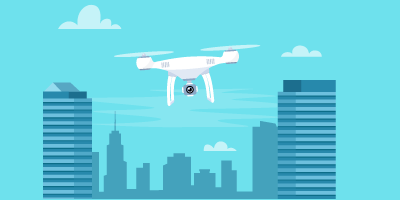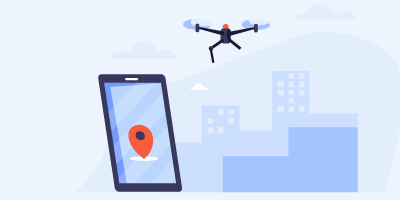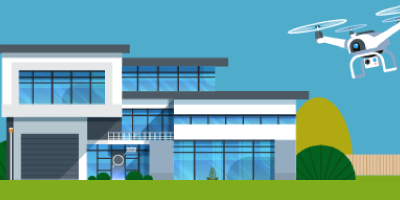At the beginning of September, our resident drone pilot was sent out to Las Vegas to attend InterDrone. InterDrone is an annual conference that welcomes drone pilots, manufacturers, and anyone else involved in the drone industry for four days of education, panels, and product demos.
She learned from experts at NASA, the FAA, the Department of Transportation, and industry leaders from all over the country that are changing and innovating how drones are going to be used in the near future. Drone technology is one of the fastest growing industries in the country. As of right now, there are over 100,000 Part 107 commercial drone pilots and 1.2 million registered drones in the US.
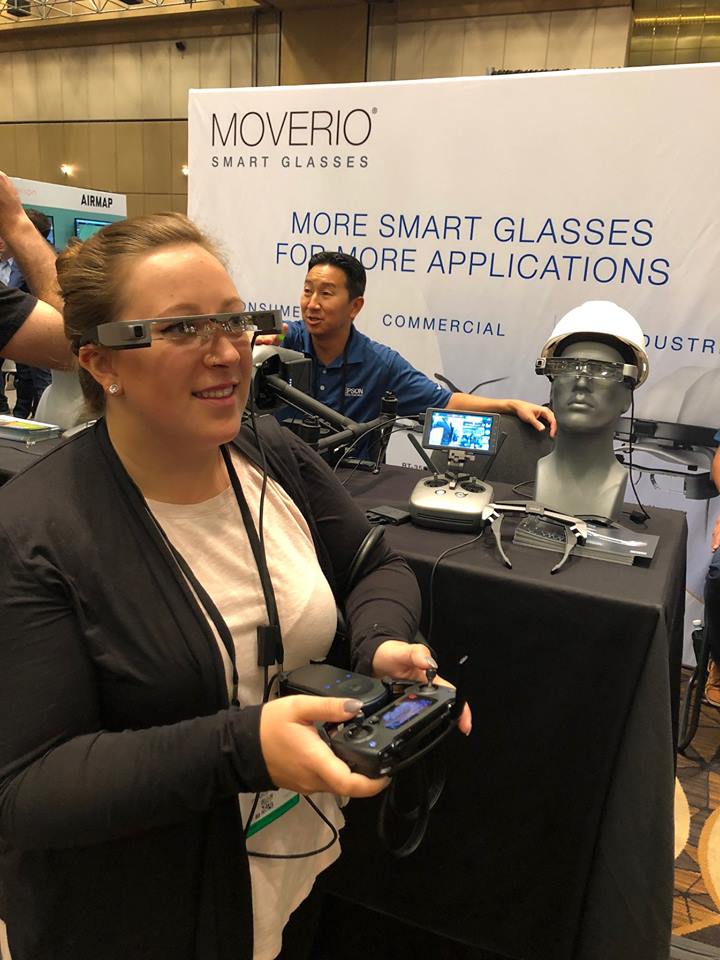
Future drone technology
InterDrone featured many new and exciting technological advancements and announcements by drone technology developers and manufacturers. 3DR and Yuneec announced their partnership to create new drone technologies for the US government using their open-source platform, Dronecode. This was brought about by the need for more vendor choices and it has already been specified by the Pentagon Defense Innovation Unit Experimental (DIUx) effort to create a new standard platform for small, low-cost UAVs. The benefits of open source drone platforms are great as it creates a healthy, competitive environment for drone manufacturers and provides the ability for security certification. This technology is not only useful for government agencies, but for those looking to have greater control over their UAS platform, what information is being collected, and by who it is being collected.
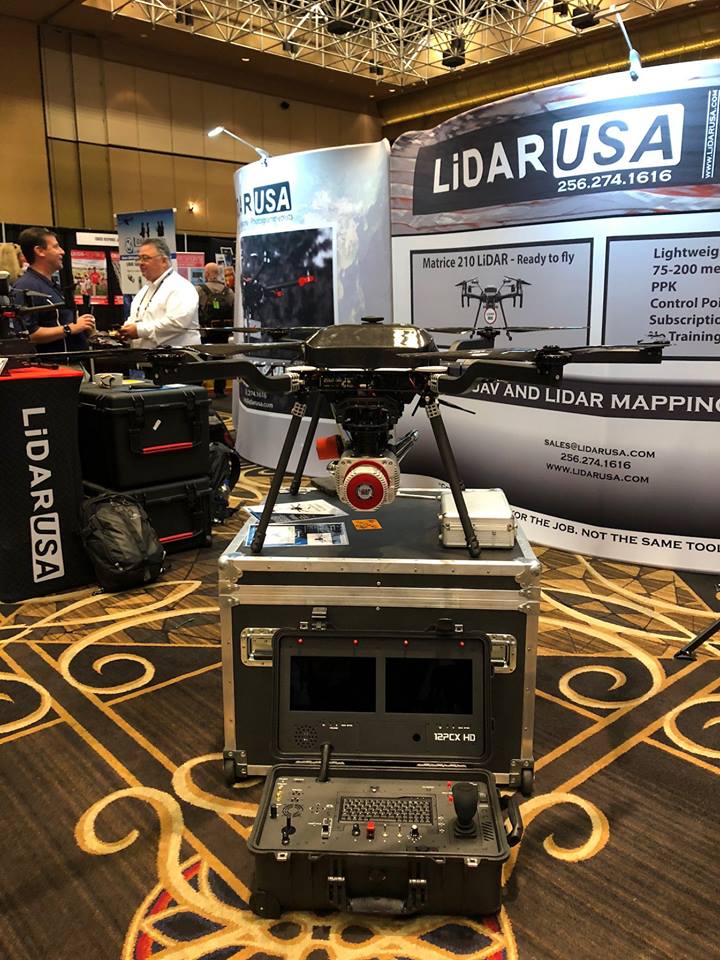
Alongside new platforms, artificial intelligence is making great strides in advancing drone technology. AI allows for better data collection in less time and is being used in many different industries. Multiple speakers throughout the conference talked about how they have been automating drone operations to count livestock, make roof damage insurance claim adjustments, measure stockpiles on construction sites, and even track crop yields and plant health. These are all tasks that could save a company thousands of dollars in time and manpower, as well as keep employees safer on the job. Traditionally high-risk jobs are becoming safer and more efficient due to the implementation of drones.
Future drone regulations
With all of these exciting new technological advancements and announcements, there are some new projects on the regulation side of things heading our way that are going to make things like large-scale automation possible. Two of these projects are UTM and Remote ID. These two pieces of infrastructure will be working together to make the skies safe for automated flights beyond visual line of sight (BVLOS), and for drones to integrate into the National Airspace System.
NASA has been working for the past few years on UAS Traffic Management (UTM). The core ideas behind UTM are to make drones visible to manned aircraft, make sure that they have situational awareness throughout the duration of the flight, make sure they don’t hit each other or manned aircraft, and to prioritize emergency response so they do not get in the way of response efforts. This project is currently still in testing and will begin its fourth and final testing phase soon before being handed off to the FAA.
According to the FAA, Remote ID is the piece that will make UTM a reality. In its simplest explanation, Remote ID is a digital license plate that will make drones visible to other aircraft and each other. It is will be developed in conjunction with the existing air traffic control system and will include a unique identifier for unmanned aircraft, tracking information, and drone owner and remote pilot identification.
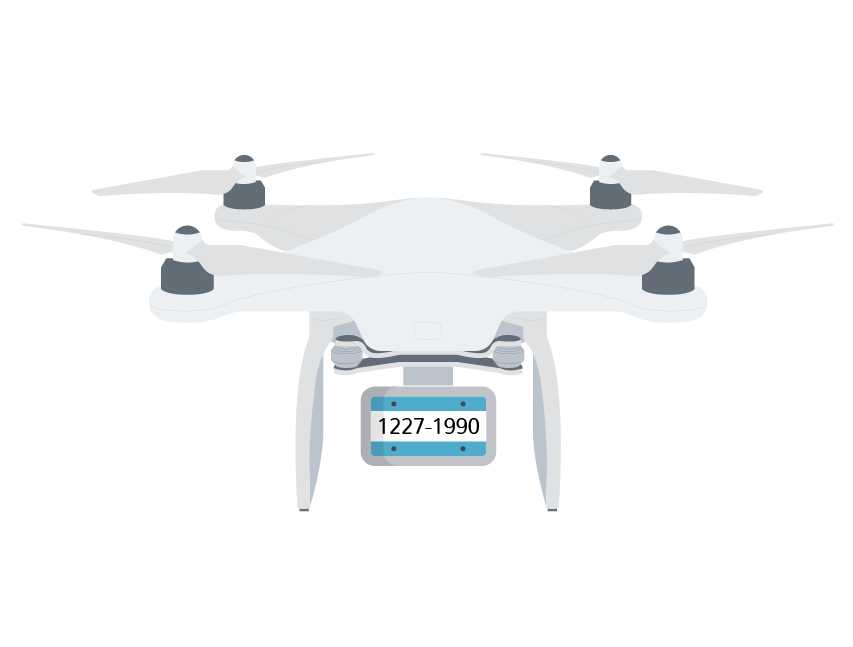
In the near future, UTM and Remote ID together are going to make it possible for drones to fly long distances without needing a pilot to keep it within line of sight. This is going to make services like drone package delivery a reality, and it isn’t just good for retail. Drone delivery is going to change how we handle emergency response and medical supply delivery. These processes actually already exist in other countries, read more about how drones are changing the medical field by clicking here.
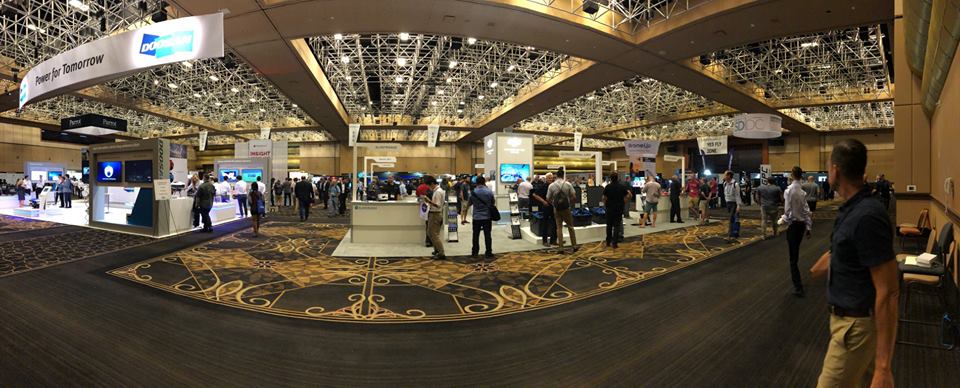
InterDrone was full of exciting new things to learn. Our pilot’s big takeaways are that drones are continuing to become smarter, and more efficient. They are saving lives, helping businesses grow, and keeping workers safer. This technology is exciting and growing every single day thanks to the collaboration of everyone involved in the industry. We can’t wait to see what new advancements the future holds.
Related articles
6 Major Industries That Benefit from Drone Services
A look at how six major industries, such as real estate, eCommerce, and construction, can leverage the benefits of drone services.
Remote ID for Drones: All You Need to Know
In this blog post, we provide a guide to remote ID for drones, including how drone pilots can ensure compliance with the FAA remote ID rule.
Real Estate Drone Photography: Top 3 Benefits and Considerations
In this blog post, we’ll discuss the benefits of real estate drone photography & things realtors should look for when hiring a drone pilot.


